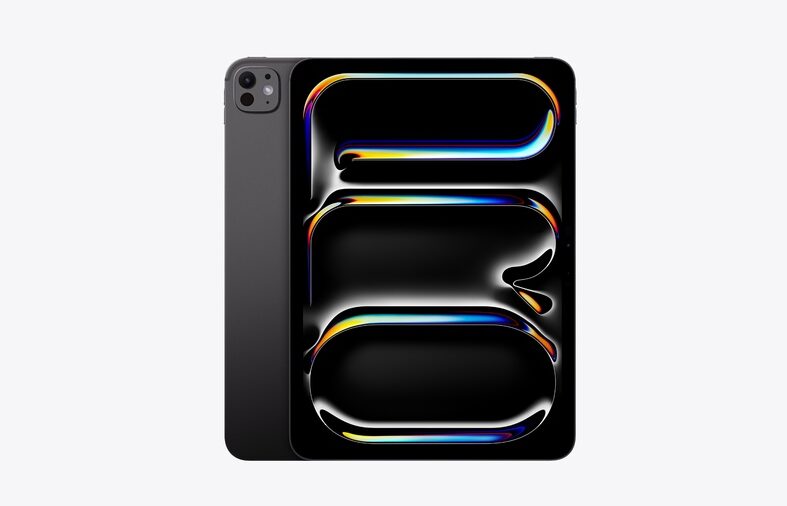Apple made drastic changes with the launch of the iPhone X, when it eradicated the giant forehead and chin in favor of unified bezels across the board. However, the iPad’s transition seems eerie in a way – the company slimmed down the top and bottom bezels but thickened the ones on the sides. Yes, the bezels on the iPad are more unified with the design, but they are still thicker than most tablets on the market. Apple has now eyed slimmer bezels for the future OLED iPad Pro models without sacrificing the screen size.
Apple plans to slim down iPad Pro bezels using LG’s chip-on-film technology while improving display efficiency and performance
According to a new report from The Elec, Apple is considering using LG Innotek’s chip-on-film, or CoF, technology for future OLED iPad Pro models. The change will allow the devices to boast slimmer bezels without compromising the screen size. The report also claims that the company plans to approve or reject LX Semicon’s display driver IC this month, which would go hand in hand with LG’s CoF technology.
If you are not familiar, LG’s CoF technology integrates the display driver chip to the panel through heat compression on flexible film. This, in turn, sends signals to control individual pixels through thin-film transistors. The conjoined functionality of the two parts allows for tighter integration with the display’s edges, thereby creating more screen real estate and minimizing the bezels. The footprint of the general form factor of the device will remain the same, but the screen size could get bigger.
Other than the visual or cosmetic upgrades, the combination would also allow the display and its corresponding parts to be more power-efficient with improved signal processing. Ultimately, this will have a positive impact on the battery life of the iPad Pro with an OLED display, but there are no concrete details or evidence available in this regard at the current stage. Apple’s miniLED display on the MacBook also delivers similar quality results as an OLED display, but it does have its drawbacks.
Previously, Apple exclusively relied on Samsung System LSI for display driver integrated circuits for its OLED iPad Pro models, and adding LG to its list of suppliers would only diversify the supply chain. It would also create healthy competition between the suppliers to keep the cost of components at bay.
Take note that The Elec does not mention which iPad models the change would be devised for, but DigiTimes reports that the new technology is oriented toward the iPad Pro lineup. Apple is expected to launch the M5 version of the iPad Pro later this year, but various reports have also pointed out that the devices will be showcased early next year.











Leave A Reply